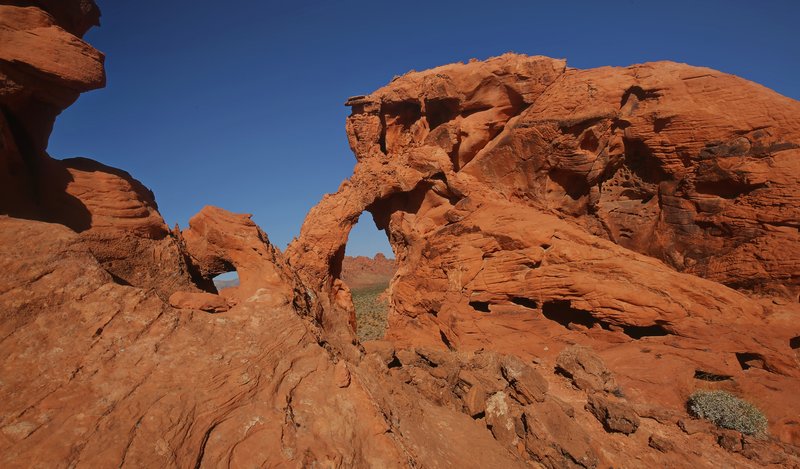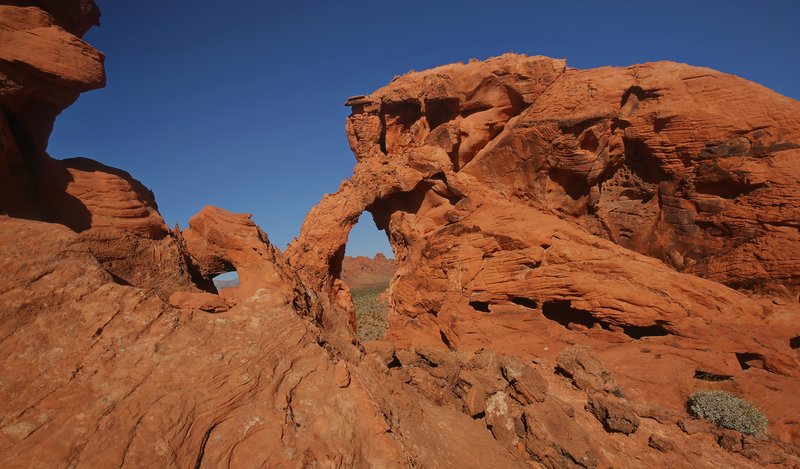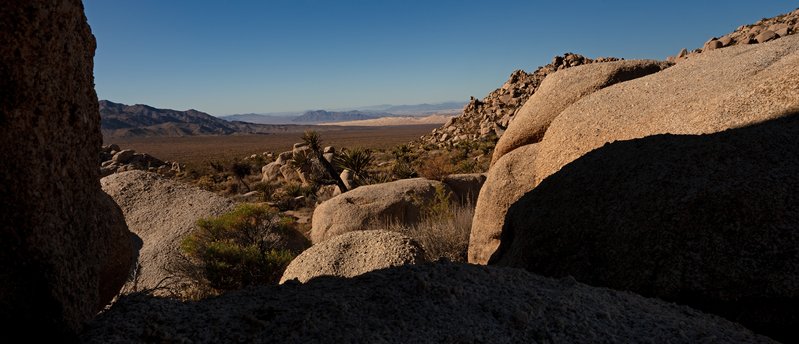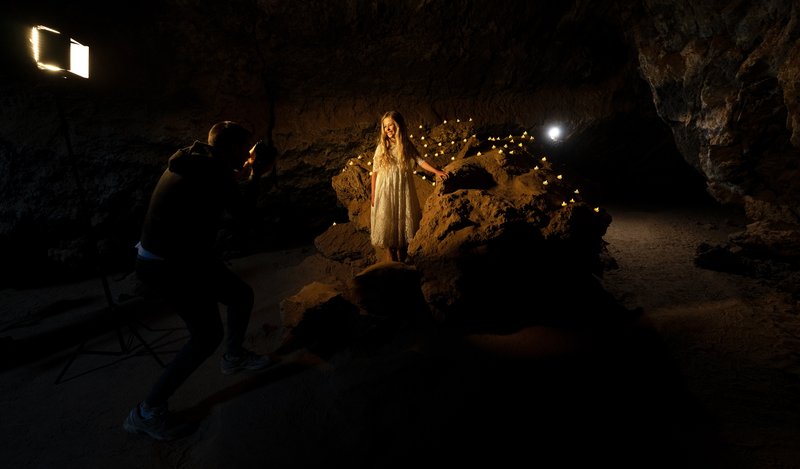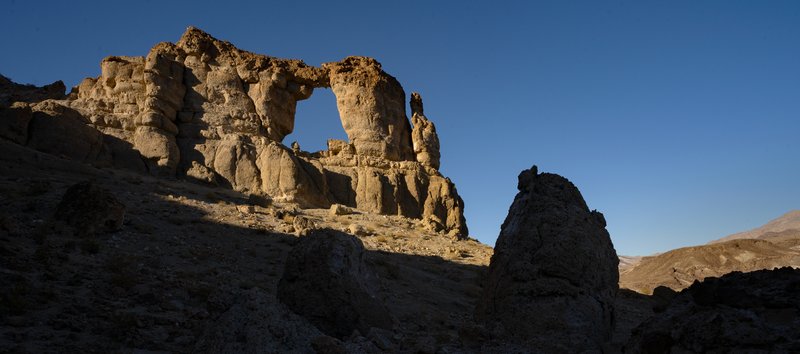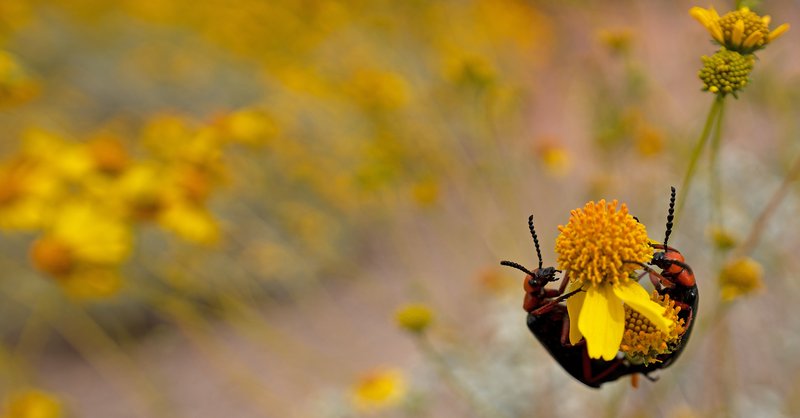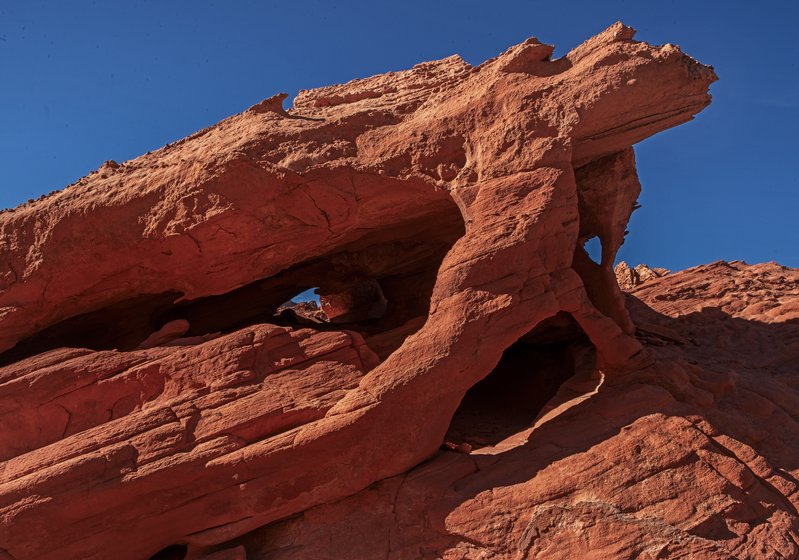Mojave Musings
Quail Spring Basin Trail, Mojave National Preserve, CA
Mojave National Preserve was established October 31, 1994 with the passage of the California Desert Protection Act. Containing more than 1.5 million acres, it is the third largest unit within the National Park System (outside of Alaska). The Preserve encloses the Providence Mountains State Recreation Area and Mitchell Caverns Natural Preserve. The ghost town of Kelso is also within the Preserve, with the defunct railway depot serving as a Visitor Center, although it is currently closed and not expected to re-open before Spring 2024.
The Basin is located within the southern area of the preserve about eight miles south of the popular Kelso Dunes. The 6.5 mile lollipop trail begins with a 1.8 mile steady sandy (annoying) climb to the pass into the Basin which features Mojave Yucca and Juniper mixed among eroded granite outcroppings and boulders. The Kelso Dunes are visible in the background.
The town of Goffs, CA, situated along the original Route 66, on the southeast corner of the Preserve was created in 1883 as a mainline stop on the Sante Fe Railroad. In the early 1900s members of the Sante Fe Railroad Company moved to Goffs and in 1914 a schoolhouse was built and classes begun. Goffs continued to prosper as a main stop until 1931 when the road was realigned and Goffs slowly become a ghost town. In 1937, the schoolhouse ceased operation and fell into disrepair. Soon thereafter the building was repurposed as a canteen for the Desert Training Center, the largest Army training facility in the country during World War II.
Today, it is a museum owned and managed by the Mojave Desert Heritage and Cultural Association and the epicenter for the Mojave Road and East Mojave Heritage Trail explorations. There are multiple working mills, gyrators and crushers from the 1800s and you can even sign up to take a certification course to become a genuine millwright. The site is also home to the Dennis Casebier library, the most extensive historical archive on all things and people related to the Mojave Desert.
The unmaintained Mojave Road is an east-west route, roughly 150 miles long, that traverses the desert between the Colorado River and the Mojave River near the neighborhood of Wilmington in the Harbor region of Los Angeles. Most of the Mojave Road is within the boundaries of the Mojave National Preserve. The road enters the park near Piute Spring on the east side and on Soda Dry Lake near Zzyzx on the west. It was first used by Indigenous people to transport goods from the southwest to trade with the Chumash and other coastal tribes and later by American settlers on their westward expansion. Military forts were established along the route to protect key water sources and provide assistance for travelers.
The Mojave Desert Heritage and Cultural Association (https://mdhca.org) is currently struggling financially to survive, so your membership would be welcome.
Mojave Musings
The Mojave Desert extends from the Base of the Sierra Nevada Range in the west to the Colorado Plateau in the east and covers all of the southern tip of Nevada. Aside from the nearly three million people who populate the Las Vegas metropolitan area, the next largest incorporated Nevada town within the Mojave, with a population of a little more than 20,000 people, is Mesquite.
Within Whitney Pocket, Little Finland, Buffington Pockets, Bowl of Fire, Valley of Fire, Hidden Valley, Pinto Valley and Color Rock Quarry is a land of treasure and awe. Most are within either the Lake Mead National Recreation Area or Gold Butte National Monument and only Valley of Fire State Park is accessible via good paved roads.
Of the Sonoran, Chihuahuan, Great Basin and Mojave Deserts, that together form the North American Desert, the Mojave is the smallest and driest. The colorful and fragile formations, numerous natural arches and wildflower and cactus blooms belie the common perceptions of such a place. Although I first visited the area decades ago, I only began to explore it within the past few years after moving to the adjacent Sonoran Desert.
I enjoy it as a photographer because it is an endless puzzle. There is beauty everywhere you look, but seeing and photographing are different things entirely. The harsh desert light, the complexity of land forms and the endless contrails that crisscross the sky are all obstacles that frustrate even those who have learned to see the beauty in these harsh environs. The moon may be a harsh mistress, but it is the sun and sky that you must master.
These images are just a beginning. I’ll hopefully improve upon them each time I return.
